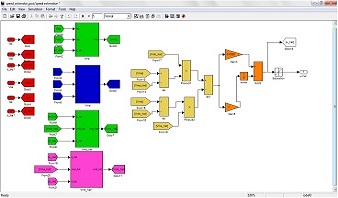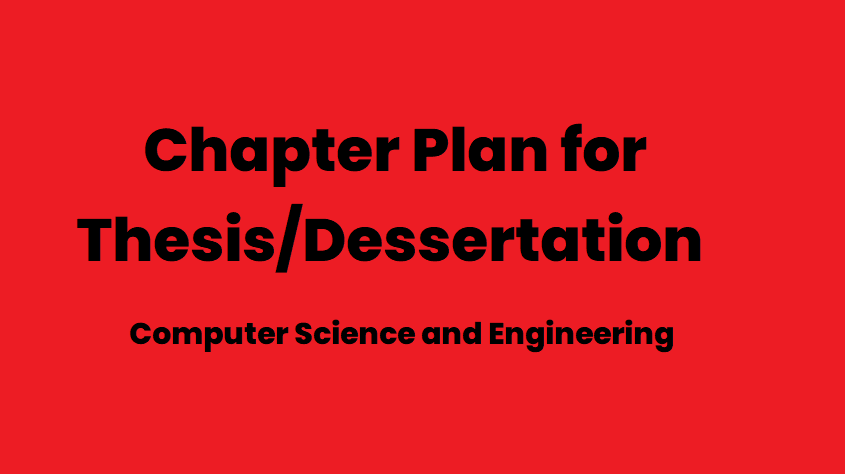
Created by - Gaurav Suman
MATLAB
MATLAB (short for "matrix laboratory") is a high-level programming language and development environment used in engineering, science, and mathematics. MATLAB allows users to perform numerical computations, create visualizations, and develop algorithms, among other tasks.MATLAB's strengths include its powerful numerical libraries, which support a wide range of mathematical operations, including linear algebra, signal processing, and optimization. Its user-friendly interface, with interactive tools such as the MATLAB Command Window and the MATLAB Editor, make it easy to create and debug code.MATLAB also supports a variety of data types, including matrices, vectors, structures, and cells, and includes built-in functions for working with these data types. MATLAB can interface with other programming languages, such as C, C++, and Java, and can also interface with other software tools, such as Excel and various databases.MATLAB is widely used in scientific and engineering fields, including data analysis, image and signal processing, control systems, and numerical simulation. It is also used in academic research, as well as in industry and government applications.Overall, MATLAB is a versatile and powerful tool for data analysis, algorithm development, and numerical computation.
More detailsPublished - Tue, 21 Mar 2023

Created by - Admin @KKJOURNALS
Thesis topics in WSN
Wireless Sensor Networks (WSN) is a rapidly growing field with numerous research opportunities. Here are some potential thesis topics in WSN:Energy-efficient routing protocols for WSNs: Designing and implementing routing protocols that consume less energy while maintaining reliable communication in WSNs.Security in WSNs: Investigating and developing secure communication protocols for WSNs to prevent unauthorized access, data tampering, and eavesdropping.Optimization of WSN deployment: Identifying the optimal placement of sensor nodes and designing efficient algorithms to minimize the number of nodes required while maximizing coverage and connectivity.WSNs for environmental monitoring: Developing WSNs for environmental monitoring, such as air quality monitoring, water quality monitoring, and wildlife monitoring, and investigating the challenges of designing and deploying such networks.Integration of WSNs with IoT: Exploring the integration of WSNs with the Internet of Things (IoT) and developing protocols and algorithms for the seamless integration of WSNs with other IoT devices and applications.WSNs for smart agriculture: Developing WSNs for precision agriculture, such as monitoring crop growth, soil moisture, and nutrient levels, and developing algorithms to optimize resource usage.WSNs for healthcare applications: Developing WSNs for healthcare applications, such as remote patient monitoring, fall detection, and activity recognition, and investigating the challenges of designing and deploying such networks.Machine learning in WSNs: Investigating the use of machine learning techniques in WSNs, such as data clustering, classification, and prediction, and exploring the challenges and opportunities of applying machine learning to WSNs.Quality of Service in WSNs: Developing QoS protocols for WSNs to ensure reliable and timely delivery of data while minimizing energy consumption and bandwidth utilization.WSNs for disaster management: Developing WSNs for disaster management, such as earthquake monitoring, landslide detection, and flood monitoring, and investigating the challenges of designing and deploying such networks in harsh environments.
More detailsPublished - Tue, 21 Mar 2023

Created by - Admin @KKJOURNALS
Formation of Thesis Chapters
The formation of thesis chapters can vary depending on the specific requirements of your academic institution and the nature of your research. However, here is a general guideline that can be helpful in structuring your thesis:Introduction: This chapter provides an overview of your research topic, research questions, objectives, and the significance of your study. You should also include a literature review to demonstrate the current state of knowledge on the subject and the gaps that your research aims to fill.Theoretical Framework: This chapter outlines the theoretical foundation that informs your research, including the concepts, theories, and models that you will use to analyze your data.Methodology: In this chapter, you should describe the research design, data collection methods, sampling procedures, and data analysis techniques you will employ to answer your research questions.Results: This chapter presents your findings, including the data you have collected, analyzed, and interpreted. You should provide a clear and concise summary of your results, using tables, graphs, and charts to illustrate your data.Discussion: Here, you should interpret your results, compare them with existing literature, and discuss their implications for theory and practice. You should also acknowledge any limitations or weaknesses in your study.Conclusion: This chapter summarizes your findings, restates your research questions and objectives, and offers recommendations for future research.References: This section includes a list of all the sources you have cited in your thesis, following a specific citation style (APA, MLA, etc.).Appendices: This section includes any additional materials that support your research but are not part of the main body of the thesis. This could include survey instruments, interview questions, raw data, or other supplementary material.Remember to consult with your thesis advisor or mentor to ensure that your thesis conforms to the specific requirements of your academic institution.
More detailsPublished - Thu, 06 Apr 2023

Created by - Admin @KKJOURNALS
Thesis Chaptalization in Computer Science and Engineering
The formation of thesis chapters for Computer Science and Engineering can vary depending on the specific requirements of your academic institution and the nature of your research. However, here is a general guideline that can be helpful in structuring your thesis:Introduction: This chapter provides an overview of your research topic, research questions, objectives, and the significance of your study. You should also include a literature review to demonstrate the current state of knowledge on the subject and the gaps that your research aims to fill.Background and Related Work: In this chapter, you should provide a detailed background of the research problem and describe the related work that has been done in this area. This could include an overview of the current state of technology and any previous research in the field.Problem Statement and Methodology: Here, you should clearly define your research problem and describe the methodology that you will use to solve it. This could include the research design, data collection methods, sampling procedures, and data analysis techniques you will employ to answer your research questions.Implementation and Evaluation: This chapter should describe the implementation of your proposed solution and provide an evaluation of its effectiveness. This could include the design and development of software or hardware systems, testing, and validation of results.Results and Analysis: Here, you should present your findings and analyze the data collected during your research. You should provide a clear and concise summary of your results, using tables, graphs, and charts to illustrate your data.Conclusion and Future Work: This chapter should summarize your findings, restate your research questions and objectives, and offer recommendations for future research and improvements to your proposed solution.References: This section includes a list of all the sources you have cited in your thesis, following a specific citation style (IEEE, ACM, etc.).Appendices: This section includes any additional materials that support your research but are not part of the main body of the thesis. This could include source code, design diagrams, data sets, or other supplementary material.Remember to consult with your thesis advisor or mentor to ensure that your thesis conforms to the specific requirements of your academic institution and the field of Computer Science and Engineering.
More detailsPublished - Thu, 06 Apr 2023

Created by - Admin @KKJOURNALS
Fomation of Chapters in Thesis/Dissertation
The formation of thesis chapters for Management and allied subjects can vary depending on the specific requirements of your academic institution and the nature of your research. However, here is a general guideline that can be helpful in structuring your thesis:Introduction: This chapter provides an overview of your research topic, research questions, objectives, and the significance of your study. You should also include a literature review to demonstrate the current state of knowledge on the subject and the gaps that your research aims to fill.Theoretical Framework: In this chapter, you should provide a detailed theoretical foundation that informs your research, including the concepts, theories, and models that you will use to analyze your data.Methodology: Here, you should describe the research design, data collection methods, sampling procedures, and data analysis techniques you will employ to answer your research questions.Analysis of Data: In this chapter, you should present and analyze the data you have collected, providing a clear and concise summary of your results, using tables, graphs, and charts to illustrate your data.Discussion and Findings: This chapter should interpret your results, compare them with existing literature, and discuss their implications for theory and practice. You should also acknowledge any limitations or weaknesses in your study.Conclusion and Recommendations: This chapter should summarize your findings, restate your research questions and objectives, and offer recommendations for future research and practice.References: This section includes a list of all the sources you have cited in your thesis, following a specific citation style (APA, MLA, etc.).Appendices: This section includes any additional materials that support your research but are not part of the main body of the thesis. This could include survey instruments, interview questions, raw data, or other supplementary material.Remember to consult with your thesis advisor or mentor to ensure that your thesis conforms to the specific requirements of your academic institution and the field of Management and allied subjects.
More detailsPublished - Thu, 06 Apr 2023
Search
Popular categories
Latest blogs

Fomation of Chapters in Thesis/Dissertation
Thu, 06 Apr 2023

Thesis Chaptalization in Computer Science and Engineering
Thu, 06 Apr 2023

Formation of Thesis Chapters
Thu, 06 Apr 2023
Write a public review